Ranthambore National Park is a wildlife sanctuary located in the heart of Rajasthan, India. Established in 1955 and designated as a national park in 1980, it’s renowned for its thriving population of Bengal tigers. Spanning over 1,300 square kilometers, the park boasts diverse landscapes and a rich array of flora and fauna. While tigers are the star attraction, visitors can also spot leopards, sloth bears, and various deer species. With guided safaris and year-round appeal, Ranthambore offers nature enthusiasts a chance to enjoy the wild. However, what truly sets this park apart is its ability to captivate even the most seasoned explorer.
Good To Know
- Ranthambore National Park is a renowned wildlife sanctuary in Rajasthan, India, known for its thriving Bengal tiger population and diverse ecosystem.
- The park offers a variety of safari options, including jeep and canter safaris, allowing visitors to witness the park’s abundant wildlife.
- Ranthambore’s ideal visiting season is from October to March, when the weather is pleasant and wildlife sightings are more active.
- The park’s accessibility is enhanced by its proximity to Jaipur airport and the Sawai Madhopur railway station, making it a popular tourist destination.
- Along With its natural wonders, Ranthambore National Park is also home to historical attractions, such as the Ranthambore Fort, further enriching the visitor experience.
It's also worth checking out some other tours and experiences nearby.
Park Overview
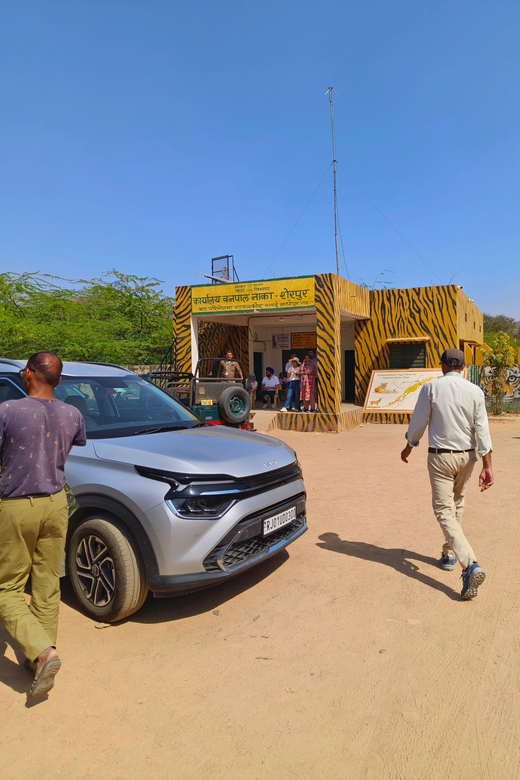
Located in the Sawai Madhopur district of Rajasthan, India, Ranthambore National Park was originally established as a wildlife sanctuary in 1955 before being designated as a national park in 1980.
Spanning an area of 1,334 square kilometers, the park boasts a diverse terrain featuring hills, lakes, and forests.
This protected area serves as a vital habitat for the endangered Bengal tiger, with a healthy population present.
Along With tigers, the park is home to a variety of other wildlife, including leopards, sloth bears, striped hyenas, and several species of deer.
Wildlife Species
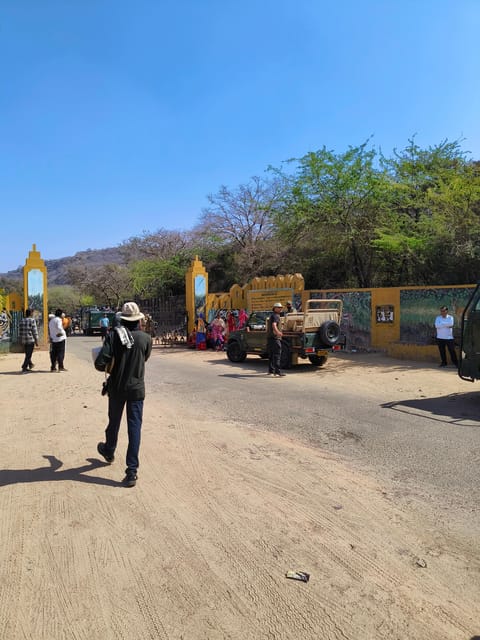
The rich wildlife of Ranthambore National Park includes the majestic Bengal tiger, the park’s apex predator. The park is home to a healthy population of these endangered felines, as well as other charismatic species like leopards, sloth bears, striped hyenas, and various deer. To give visitors a better understanding of the park’s biodiversity, here’s a table showcasing some of its key inhabitants:
| Animal | Description |
|---|---|
| Bengal Tiger | The iconic big cat, a conservation symbol |
| Leopard | Skilled hunter, adept at climbing trees |
| Sloth Bear | Omnivorous bear, known for its unusual feeding habits |
| Sambar Deer | Largest Asian deer species, a common prey for tigers |
| Chital (Spotted Deer) | Graceful deer with distinctive white spots |
Flora and Vegetation
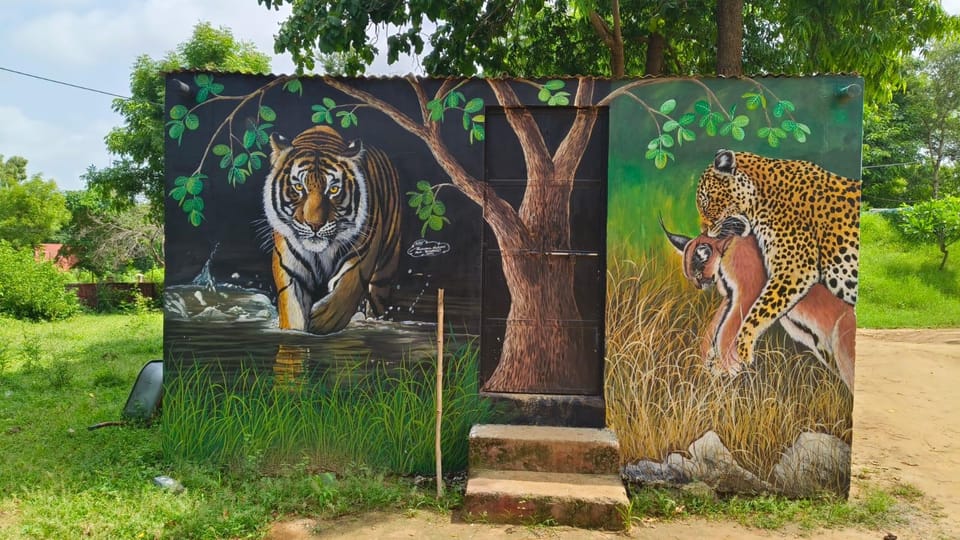
Ranthambore’s diverse vegetation encompasses a rich tapestry of flora, reflecting the park’s varied terrain.
The landscape is dotted with the iconic dhok tree, a hardy species that thrives in the region’s dry conditions. Mango, banyan, and pipal trees provide shade and sustenance, while the park’s medicinal plants have long been used by local communities.
This botanical diversity supports a vibrant ecosystem, offering essential resources for the park’s wildlife. From the towering trees to the thriving undergrowth, Ranthambore’s flora plays a crucial role in maintaining the delicate balance of its rich natural habitats.
Guided Safari Options
Visitors to Ranthambore National Park can typically enjoy guided safaris to explore the park’s diverse landscapes and spot its famous wildlife.
Jeep safaris and canter safaris are the two main options available. Jeep safaris accommodate up to 6 persons and cost ₹4,500 per vehicle. Canter safaris, on the other hand, can accommodate up to 20 persons and cost ₹3,000 per person.
Both safari experiences last around 3 hours, providing guests with the opportunity to encounter Bengal tigers, leopards, sloth bears, and various deer species in their natural habitats.
Safaris are conducted by experienced guides who share their knowledge about the park’s ecology and wildlife.
Ideal Visiting Season
When planning a visit to Ranthambore National Park, the optimal time frame lies between October and March. During this period, the weather is pleasant, with comfortable temperatures and low rainfall, making it an ideal time for wildlife viewing.
Visitors can expect to see the park’s diverse fauna, including the majestic Bengal tigers, in their most active state. In contrast, the monsoon season from July to September and the extreme heat from April to June are best avoided, as the wildlife may be less active and the weather can be challenging for safari experiences.
Accessibility and Transportation
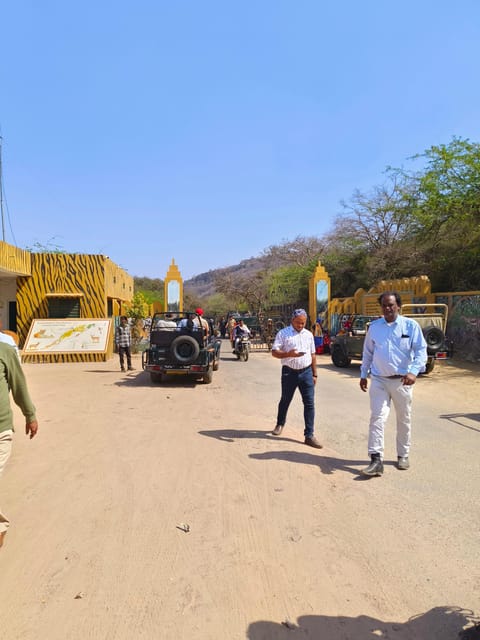
Ranthambore National Park is easily accessible from various parts of India. The nearest airport is Jaipur, located 160 km away, providing a convenient gateway for visitors. Sawai Madhopur, the closest railway station, connects the park to major cities like Delhi and Mumbai. Road access is also well-maintained, with highways stretching from Jaipur, located 180 km away.
| Transportation | Distance |
|---|---|
| Nearest Airport | Jaipur (160 km) |
| Nearest Railway Station | Sawai Madhopur |
| Road Access | Jaipur (180 km) |
The combination of air, rail, and road connectivity ensures Ranthambore National Park is readily accessible to visitors from around the country, making it a popular wildlife destination.
Accommodation Choices
A variety of accommodation options cater to visitors’ preferences at Ranthambore National Park. Guests can choose from luxurious resorts, mid-range hotels, budget-friendly lodges, and even tented camps.
-
The Oberoi Vanyavilas and Aman-i-Khás offer opulent experiences with plush amenities and panoramic views.
-
Ranthambore Regency, Ankur Resort, and Dev Vilas provide comfortable mid-range options.
-
Guests seeking more affordable stays can opt for Jungle Vilas, Aranyak Resort, or Rajmahal Palace.
-
For a unique adventure, tented camps like Raj Bagh and Aaryan Camp provide a closer connection to nature.
The diversity of accommodations ensures that visitors from all backgrounds can find their perfect retreat in Ranthambore.
Here's a few more nearby tours and experiences we think you'll like.
- Private Taj Mahal Tour From Delhi by Car – All Inclusive
- Private Sunrise Taj Mahal Tour From Delhi by Car -All Inclusive
- Private Taj Mahal at Sunrise and Agra Day Tour From Delhi
- Private Old and New Delhi Tour – Best of Delhi in 8 Hours With Entrances
- 6-Day Private Tour of the Golden Triangle
- Private Taj Mahal Day Trip by Express Train With Lunch
Nearby Attractions
Beyond the captivating safaris and wildlife encounters at Ranthambore National Park, visitors can explore a wealth of nearby attractions that enrich the overall experience.
The majestic Ranthambore Fort, a UNESCO World Heritage Site, stands tall with its imposing walls and offers a glimpse into the region’s regal past.
The serene Padam Talao lake, surrounded by lush greenery, is a popular spot for birdwatching and relaxation.
Plus, the Jogi Mahal, an architectural marvel, provides an opportunity to explore the area’s rich cultural heritage.
These complementary destinations, combined with the park’s natural wonders, make Ranthambore a multi-faceted destination that captivates and enthralls visitors.
Not for you? Here's more of our most recent tour reviews happening neaby
- Tajmahal & Fatehpur Sikri Tour With Delhi Attractions
- From Delhi : India Tour for 7 Days
- Golden Triangle Tour 2 Days From Chennai
- 3 Day Golden Triangle Trip – Delhi Taj Mahal and Jaipur From Delhi
- 3-Day Delhi, Agra, Fatehpur Sikri, and Vrindavan Tour
- From Delhi: Taj Mahal Sunrise and Agra Fort Tour With Guide
- Mussoorie Tour From Delhi 2Nights/3Days
- Delhi: Private 4-Day Tour Through the Golden Triangle
- From Dehli: 4 Days Private Golden Triangle Tour
- Golden Triangle: Delhi, Agra & Jaipur 3-Day Tour
- GOLDEN TRIANGLE WITH ADVENTURE AT RANTHAMBORE
- From Delhi: Taj Mahal & Agra Private Day Trip
- From Delhi: 5-Day Golden Triangle Guided Tour (DL-AG-JP-DL)
- From Delhi: Private 4-Day Private Golden Triangle Experience
- Same Day Delhi World Heritage Sites Tour
The Sum Up
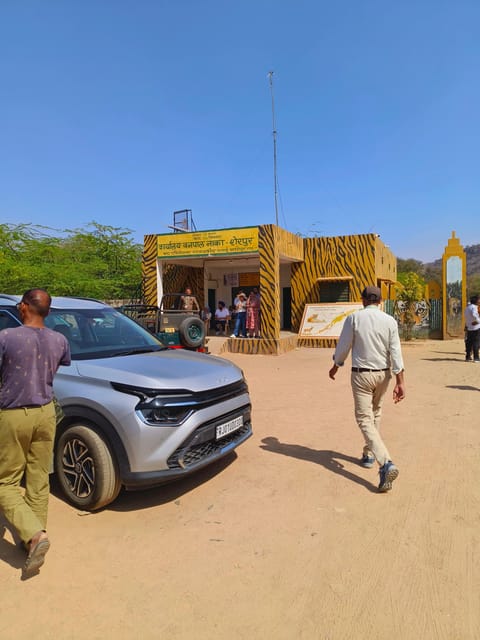
Ranthambore National Park is a premier wildlife destination in India, renowned for its diverse fauna and flora. Visitors can explore the park’s rugged terrain on guided safaris and witness the majestic Bengal tigers, as well as a range of other wildlife species. The park’s accessibility, accommodation options, and nearby attractions make it an ideal destination for nature enthusiasts seeking an immersive wildlife experience.
